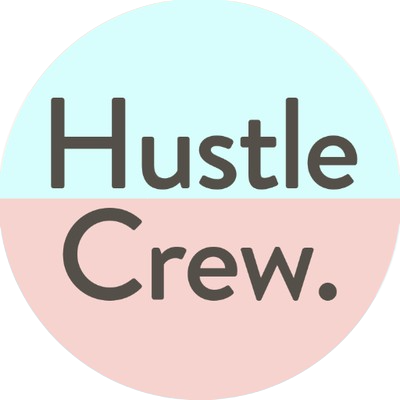Fostering Inclusion at Brandwatch
By setting a priority for diversity and inclusion, your company is making the right move in 2018. For example, Sheree Atcheson - now Head of D&I at Monzo - said that Businesses in the top quartile for gender diversity outperform their competitors by 15%, and those in the top quartile for ethnic diversity outperform their competitors by 35%.
However, in 2020, companies are still being critiqued for lack of diversity and underrepresentation. It is only fair, too! A quote sampled from a 2015 Mckinsey & Company article Why Diversity Matters.
What your workplace is like, as far as ethnicity, age, education level, and skillsets go, might not reflect the greater society.
Is it representative of society? Or does your workforce resemble more of a Suits/Mad Men type environment? The intent is there, but the execution is not.
It's tough for companies to make sure that employers create inclusive cultures where employees from all backgrounds are included and are allowed to thrive.
As found in Mckinsey's 2019 report, Women In The Workplace, women of color felt less supported by managers and had less support in their workplaces when compared to other groups of women. Furthermore, 5% fewer women of color have been present in the workplace over the past five years so you can understand their struggles.
Background
To help them out with overcoming the obstacles associated with their company's demographics, Brandwatch consulted with the staffing agency Hustle Crew to work on developing more inclusive hiring practices in the New York office.
Brandwatch builds advanced software solutions for businesses that think significant, such as Dell, Walmart, and British Airways.
They've held a series of sessions to provide women and ethnic minorities the chance to meet and learn. This kind of program, called Fostering Inclusion workshops, is right up to its alley.
Workshop Style
To meet the needs of Brandwatch, we explored several data sets that examined the structural oppression within the workplace and how it reduces opportunities for career growth among underrepresented groups.
If you're aiming for a successful two-hour interactive workshop, try addressing subjects such as leadership development, recognizing when a situation involves excluding someone, its effects on productivity, hiring and expanding on a team, understanding privilege, broadening your mindsets, and championing diversity.
This and fostering a productive, high-growth culture and environment will be covered in detail.
Outcome
The result of the management training was very successful. Management members discussed the various challenges that stemmed from structural oppression within the workplace and brainstormed ways to solve them.
After finishing the workshop, the managers were confident that they had the tools they needed to surmount these difficulties.
As part of a slew of objectives, Brandwatch managers pledged to develop employee engagement surveys to reflect workplace inclusion, update recruitment practices to increase the representation of women and POC in teams, and eliminate any obstacles for the underrepresented in terms of internal support and promotions.
One goal of these workshops is to provide a safe space to speak frankly about topics such as how to hire or retain techies from diverse backgrounds, such as women of color, LGBTQIA+ communities, and people with disabilities.
Conversations such as these often make some people feel uncomfortable. Organizations won't be successful if these barriers aren't avoided.
